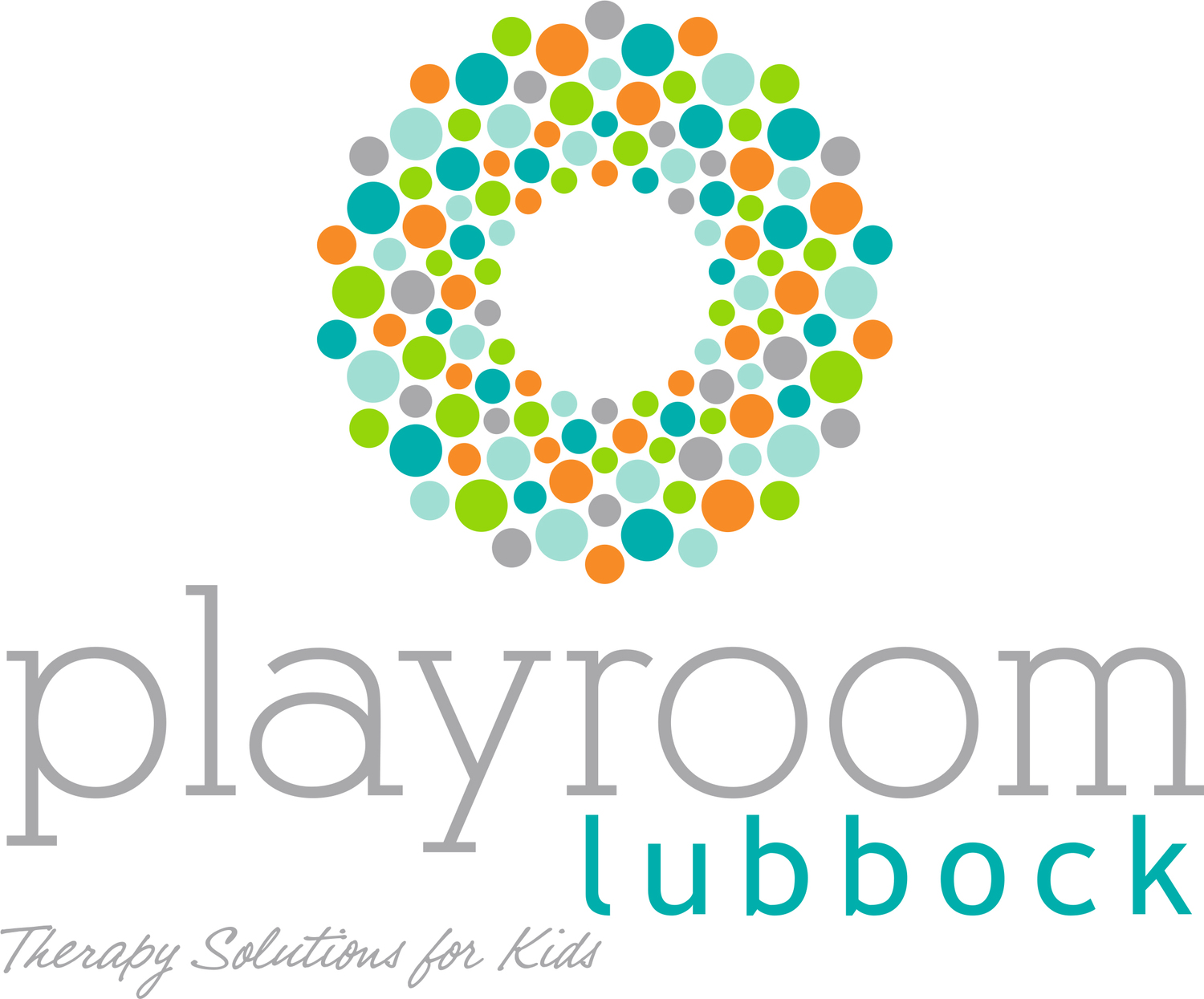How Sensory and Nervous System Regulation Affect Learning
Our brains and bodies are like teams that work together. The nervous system helps our body know when we feel calm, alert, or stressed. When we are calm and our body feels just right, our brain is ready to listen, think, and learn.
We all use our senses — like touch, sound, sight, movement, and body awareness — to understand the world. Some kids need more movement or deep pressure (like jumping, squeezing, or pushing things) to feel steady and focused. That’s called proprioceptive input, and it helps the body feel organized and in control.
When a child’s nervous system feels out of balance (maybe too excited, wiggly, or shut down) it’s hard for them to sit still, pay attention, or follow directions. Their brain is busy trying to feel safe and calm, not learning math or reading.
Why Traditional Teaching Styles Don’t Always Work
Traditional classrooms often expect kids to sit still, stay in a line, stay quiet, and focus for long times. But for children whose bodies need movement or sensory input, this can make them feel uncomfortable or stressed. When that happens, they might fidget, talk out, or seem distracted. ( Not because they don’t care, but because their body needs help to get regulated.)
Kids learn best when teachers understand that movement, sensory tools, and emotional safety are part of learning. Letting students take short movement breaks, use fidgets or wiggle seats, and have calming spaces helps their brains and bodies get ready to learn.
Classroom Environment & Structure
Visual Schedules: Post clear, picture-based daily routines so children know what’s coming next. Include “first–then” “visual board” for smoother transitions (e.g., “First cleanup, then snack”).
Transition Warnings: Give auditory or visual cues (e.g., a chime, song, or timer) before changing activities so children can prepare their bodies and minds.
Defined Spaces: Use rugs, colored tape, or floor spots to visually mark play and group areas, reducing crowding and conflict over space.
Flexible Seating Options: Provide wiggle cushions, pillow, balance discs, rocking chairs, or stools that allow movement while seated.
Sensory & Regulation Supports
Proprioceptive Opportunities:
Allow children to push, pull, or carry items (e.g., moving chairs, handing out materials, pushing a cart).
Include “heavy work” stations like building with large blocks, wall push-ups, or tug-of-war games.
Movement Breaks: Build short, structured movement times into the day—yoga, animal walks, or jumping games that reset regulation.
Sensory Pathways: Use taped lines or stepping-stone paths for children to walk on between activities (e.g., balancing on a parking curb is a great example—integrate this concept safely indoors or outdoors).
Calm-Down Zone: Create a cozy area with soft textures, visuals, and breathing tools for self-regulation without feeling isolated or punished.
Social & Emotional Supports
Emotion Coaching Visuals: Display emotion faces and “I feel… I need…” prompts for children to reference.
Model Sharing & Turn-Taking: Use group games and songs that practice waiting, sharing, and cooperation.
Predictable Routines: Consistency in transitions and teacher responses builds a sense of safety and emotional control.
Teacher Strategies
Cue Cards or Visual Reminders: Use small cards or symbols for expected behaviors (“quiet mouth,” “walking feet,” “gentle hands”).
Choice-Making: Offer structured choices (“Do you want to sit on the rug or in a chair?”) to build autonomy and reduce power struggles.
Positive Reinforcement: Acknowledge effort and regulation skills (“I noticed you took a deep breath before you waited your turn”).

